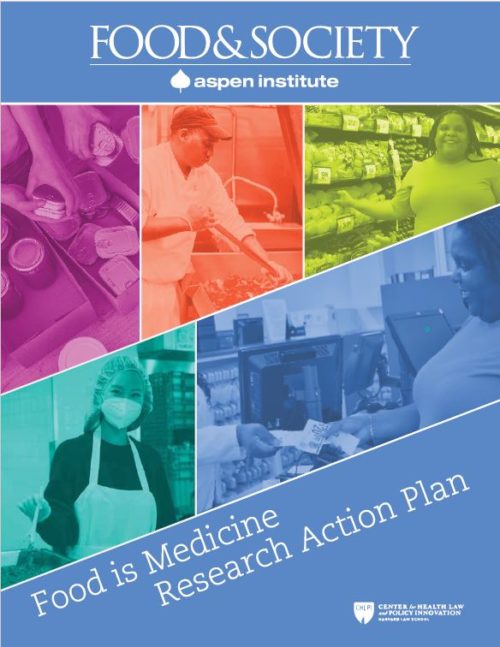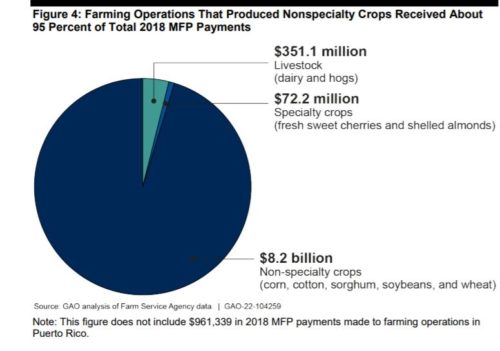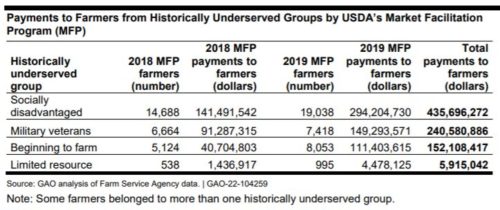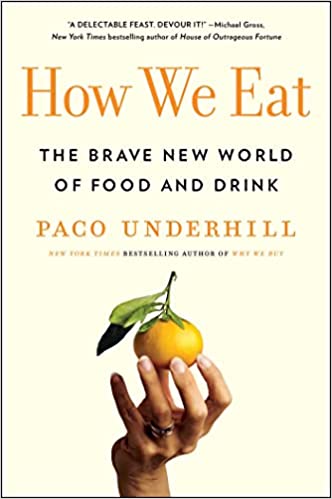Industry-funded study of the week: fiber supplements
This study, produced by Tate & Lyle, was sent to me by a reader, but Tate & Lyle also sent me:
- A press release: “Fibre fortification could lower risk of heart disease and diabetes for 7 in 10 UK adults.”
- An infographic with the results of the study: “Benefits of Reformulating with Fibre.”
The press release worked. FoodNavigator.com did a story with this headline: “Fibre fortification in everyday foods could lower risk of heart disease and diabetes”
A new study suggests that adding fibre to everyday foods – including baked foods, dairy products, soups, smoothies and dressings – would allow 50% more UK adults to reach their recommended daily consumption of fibre. This could in turn lower the risk of heart disease and diabetes.
I give FoodNavigator.com high marks for stating right up front who paid for this study:
New research from ingredie3nt supplier Tate & Lyle, published in Cambridge University Press’ British Journal of Nutrition, found reformulating everyday foods with added fibre could reduce the risk of cardiovascular disease and type 2 diabetes for 72% of the UK adult population.
The study: Estimating the potential public health impact of fibre enrichment: a UK modelling study. Kirstie Canene-Adams, Ieva Laurie, Kavita Karnik, et al. Br J Nutr. 2022 Jan 7;1-7. doi: 10.1017/S0007114521004827. Online ahead of print.
Conclusions: The fibre enrichment intervention showed a mean fibre intake of 19·9 g/d in the UK, signifying a 2·2 g/d increase from baseline. Modelling suggested that 5·9 % of subjects could achieve a weight reduction, 72·2 % a reduction in cardiovascular risk and 71·7 % a reduced risk of type 2 diabetes with fibre fortification (all Ps ≤ 0·05).
Conflict of Interest statement: Authors are employees of Tate & Lyle PLC (IL and KK) or Creme Global (BF, WG, SP) as indicated by our affiliations. KCA was employed by Tate & Lyle PLC at the time of research and writing the article and is now employed by Mars Wrigley. This work was funded by Tate & Lyle, London, UK which specialises in fibres and low-calorie sweetening ingredients used by food and drink producers worldwide. Creme Global is a company based in Dublin, Ireland which specialises in scientific modelling in the areas of food, nutrition and cosmetics.
Comment: Tate & Lyle collected data on what consumers currently eat and drink using the UK’s National Diet and Nutrition Survey. Investigators applied statistical models to determine how fiber-supplemented food would change consumers’ diet and health.
My translation: Tate & Lyle employees added fiber to foods, predicted that if people ate foods with added fiber they would take in more fiber (duh), and found just that.
Tate & Lyle makes fiber supplements. Are Tate & Lyle fiber supplements as good for health as the fiber found naturally in food? That, alas, is beyond the scope of a modeling study.
Addition
Hugh Joseph sent along this video from Tate & Lyle. It’s about all the good things T&L ingredients do for Jane’s diet. Oh dear.






